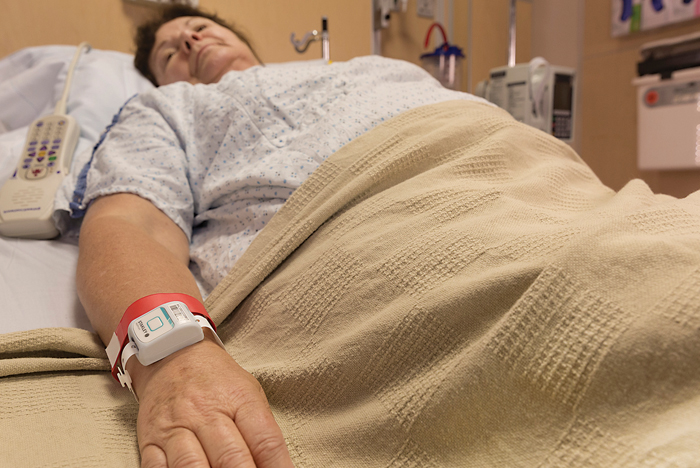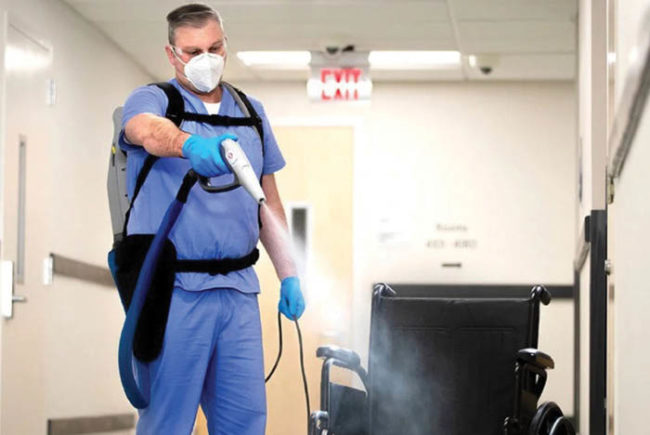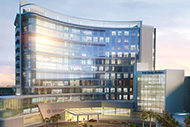
Staff Time: EDs must commit to consistent hours and staffing for “Super Track” models to succeed.
Image by Shutterstock
The “Super Track” model was initiated in 2006 by Jody Crane, M.D., of Mary Washington Hospital, Fredericksburg, Va., who was seeking strategies to decrease emergency department (ED) front-end waits and leaving-without-being-seen rates.
This model was designed to treat the least-acute patients who present to the ED while maintaining adequate staffing to treat true medical emergencies. Many of these patients do not have primary care physicians nor do they want to wait for an appointment. Typical patients seen in Super Track areas include those with cold symptoms, dental pain, sore throat, earache, pinkeye, uncomplicated flulike symptoms, and those who need suture removal.
From a design perspective, health facilities professionals should remember two key elements. The Super Track area must be a separate area, utilized solely for this purpose and should be accessible directly from the waiting room and triage areas. It should not require patients or their escorts to walk through other treatment areas. Also, these Super Track patients should be kept vertical. The area needs to be designed to accommodate treatment chairs instead of stretchers or beds. By keeping the patients upright, staff will be able to encourage quick movement and expedited care.
For these areas to be effective, EDs must commit to consistent hours and staffing. Popular hours for these areas are usually 11 a.m. to 1 p.m. and coincide with regular peak times in the ED. Both physician and nursing staff should be assigned and not shared between acuity areas unless required for medical necessity.





